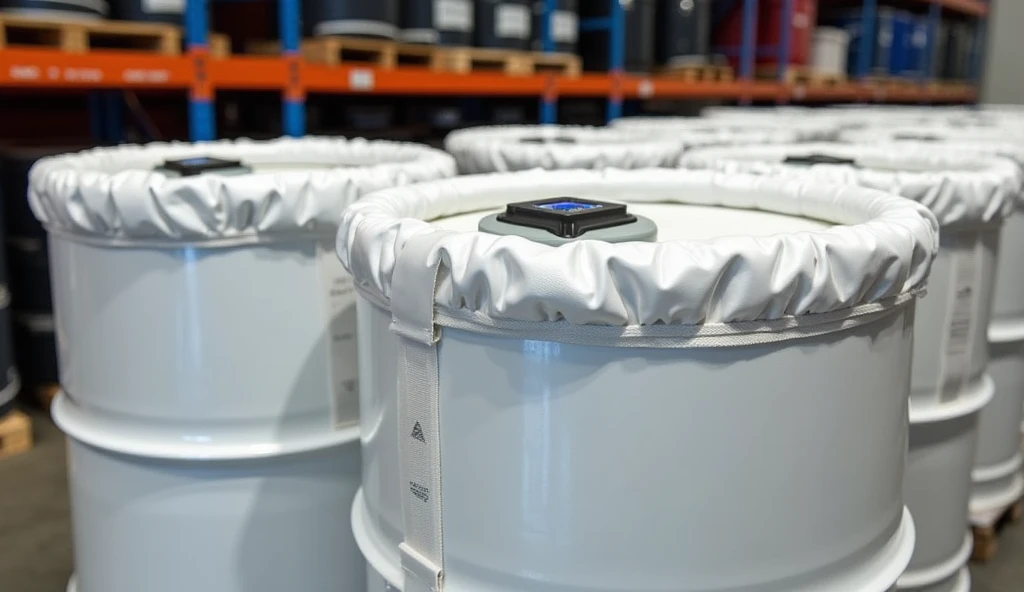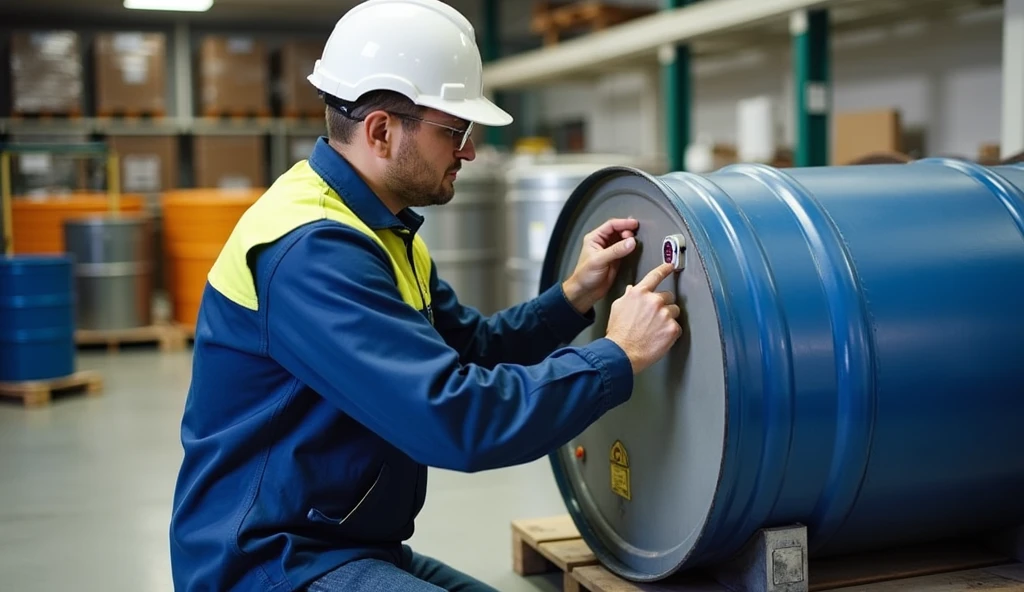When it comes to temperature-sensitive materials stored in industrial drums, selecting the right heating solution is paramount. Drum heaters come in various types and configurations, specifically designed to prevent issues associated with cold temperatures, such as frozen contents and increased viscosity. This comprehensive guide will delve into the world of drum heaters, helping you understand how they function, their benefits, and how to choose the best one for your needs.
Drum heaters, often referred to as barrel heaters, are specialized devices used to maintain the temperature of liquids and chemicals stored in drums. They operate on various heating principles to evenly distribute heat throughout the drum's contents. By regulating the temperature, drum heaters ensure that substances retain their liquid state, allowing for easier handling and efficiency in operations.
The primary purpose of using a drum heater is to manage temperature-sensitive materials. This is especially crucial in industries involving chemicals, pharmaceuticals, and food products, where maintaining specific temperatures can directly affect the quality and usability of the materials. Drum heaters can also prevent costly downtime and operational inefficiencies caused by frozen or viscous substances.
Drum heaters offer numerous advantages, including:

Different types of drum heaters serve various applications. Here’s a breakdown of the most common types:
Immersion heaters are directly placed into the liquid, heating it from the inside out. They provide rapid and even heating, making them particularly useful for high-viscosity materials that require substantial heat to maintain a liquid state.
These are thermal insulation blankets designed to wrap around the drum. They are effective in maintaining a steady temperature and are often used for larger drums. The uniform heat distribution prevents hot spots and ensures consistent temperatures throughout.
Similar to heater blankets, heating jackets fit snugly around the drum, offering efficient thermal insulation. Their design allows for easy handling and installation, and they can be utilized with various drum sizes.
Strip heaters are long, thin devices that can be installed on the rim or base of a drum, providing targeted heating. They are economical and effective for keeping the materials heated without requiring full immersion.
Selecting the right drum heater depends on several factors, such as:
When choosing a drum heater, consider the following factors:
Compatibility with the materials you store is crucial. Always check the manufacturer's guidelines to ensure the drum heater will not react adversely with the product.
Key heater features to look for include:
Proper installation is vital for effective heater performance:
Safety is paramount when working with drum heaters:
To ensure longevity and efficiency, implement regular maintenance practices:
If complications persist despite troubleshooting, don’t hesitate to consult a professional technician who specializes in thermal heating equipment.

Choosing the right drum heater is an essential decision for any operation dealing with temperature-sensitive materials. By understanding the types, their applications, and essential maintenance practices, you can ensure efficient and effective heating. Should you have further queries about selecting the perfect drum heater for your needs, feel free to explore the many resources available online or consult a heating specialist.